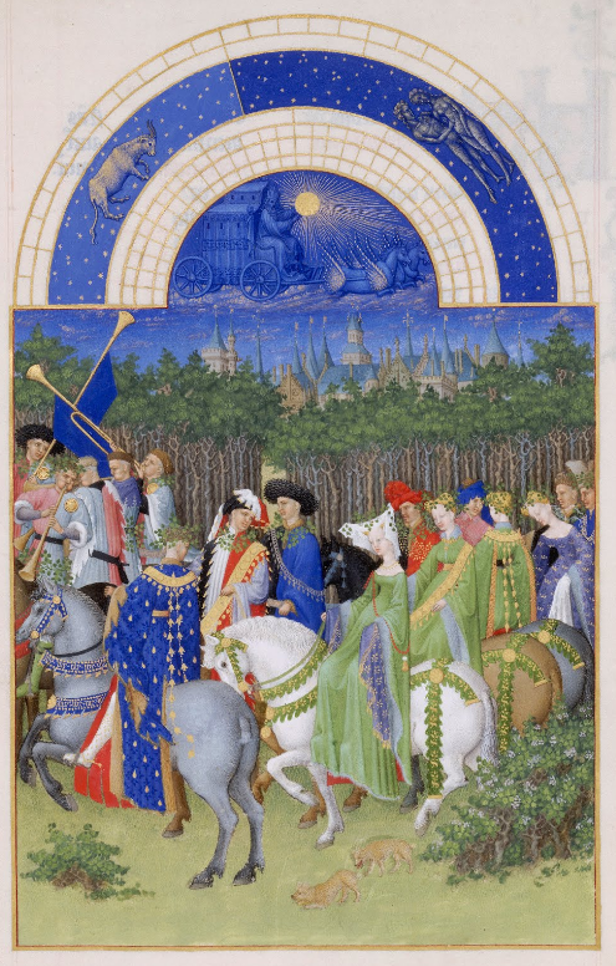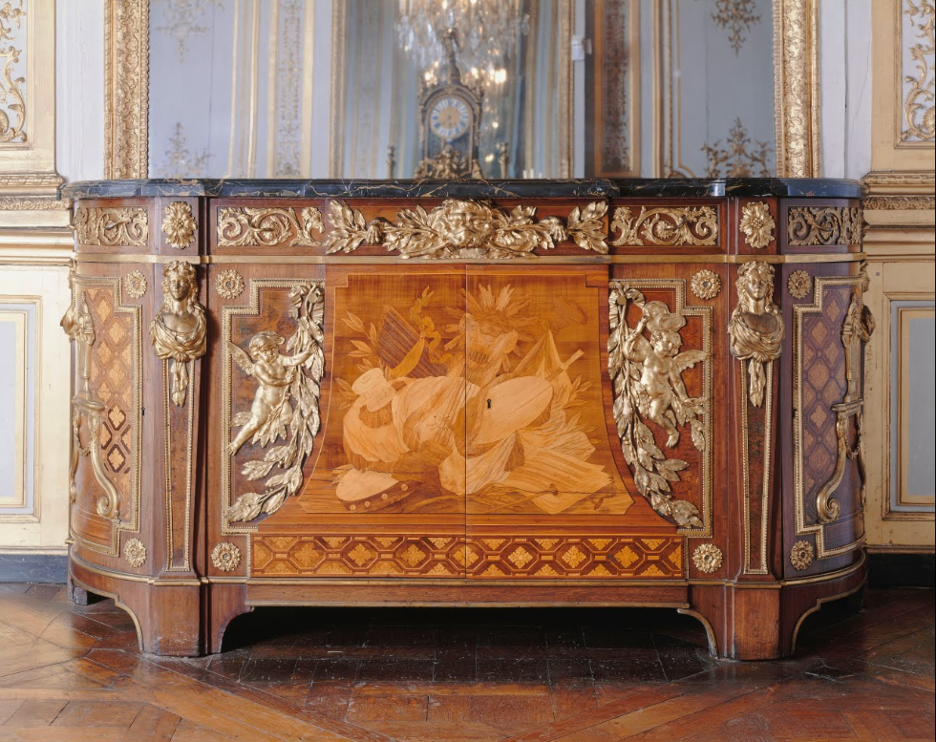Just 30 miles north of Paris, the Château de Chantilly would be considered by the average person to be just as opulent and awe inspiring as any castle in France. You’d be surprised to learn, in that case, that the Château was derided in France following its restoration in the late 19th century. The original house was destroyed during the French Revolution, and its replacement was called “one of the saddest specimens of architecture of our era” by Boni de Castellane.
In the modern era, the Château houses the Musée Condé, one of the largest collections of French and Italian paintings, in addition to rare books, sculptures, drawings and engravings, and antique photographs. In partnership with Google Arts & Culture, you can tour the Château and its many great works online – here are some of the highlights.
Les Trois Graces – Raphael, 1503/1508

A small oil painting from the very early 16th century marks an early work from the great master Raphael depicting three Graces of classical mythology, two of which are thought to represent the maiden Chastitas, and the mature woman Voluptas (though there are many interpretations).
Tres Riches Heures du duc de Berry : mois de mai, Limbourg Bros. 1412/1489

One of the more exciting pieces housed at the Château is this illuminated manuscript made for the Duke of Berry in the early 15th century. Started but unfinished by the Limbourg brothers, the manuscript contains 66 large miniatures and 65 small, with contributions from multiple artists in the centuries since its original creation.
Commode de la chamber du roi Louis XVI a Versailles, Riesener, 1775

You can visit a cabinet made by Jean Henri Riesener, the furniture artist whose intricate neoclassical work could be found in tables, desks and cabinets throughout Versailles. Following the French Revolution, much of his work ended up in the hands of British collectors—this piece is one of just a handful left in France.
Le massacre de innocents – Nicolas Poussin, 1628

This large-scale painting depicts the fate of the Giustiniani children of Rome, who were taken hostage by the Ottoman Empire in the 16th century.
Visit more of the Château de Chantilly at Google Arts and Culture.
